Editors note: I will be one of the panelists participating in WBHM’s next installment of Issues and Ales at Cantina’s* Pepper Place location on Thursday evening, October 4. We’ll be talking about the future of journalism in North Central Alabama.
I figured before I appeared before a group talking about my thoughts that I should share some of them here on the site. Please feel free to chime in here in the comments section or come on out Thursday evening.
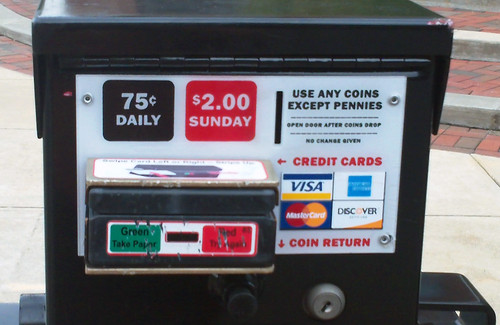 Everyone seems to have an opinion about it – the future of journalism. I’ve recently watched one forum take place in New Orleans (courtesy of the folks at the Oxford American) and awaiting hearing what happens at one my digital compatriot Andrew Huff will take part in later this month in Chicago. This is all while I prepare to add my voice to the cacophony of viewpoints about North Central Alabama’s journalistic future following the recent changes at the Advance Media Group titles – including the one here in Birmingham – on October 4.
Everyone seems to have an opinion about it – the future of journalism. I’ve recently watched one forum take place in New Orleans (courtesy of the folks at the Oxford American) and awaiting hearing what happens at one my digital compatriot Andrew Huff will take part in later this month in Chicago. This is all while I prepare to add my voice to the cacophony of viewpoints about North Central Alabama’s journalistic future following the recent changes at the Advance Media Group titles – including the one here in Birmingham – on October 4.
I haven’t written much of anything these last three weeks because of it. I’ve been wondering if we’re asking the right questions – or rather, the right people.
The future of journalism is now. It also is much more reliant on the habits of those who seek to consume content, those funding it, and those willing to create what’s needed for it to be consumed. It’s tough to fully represent all of these interests when most of the voices included on these panels represent those producing the content. I was wondering if I was the only one thinking this way; thankfully, that’s not the case…
It’s not even news anymore, it’s content. It can be user-generated or about something that may entertain now but fades into obscurity when compared to items that can shape the future of a community. It also means it doesn’t have to come from a “trusted news source” – at least not initially.
I’ve been wondering if the question to be posed shouldn’t be, “How will the public choose to receive their news?” Most seem to acknowledge it will be a platform and layout agnostic world (as new products like Quartz appear to recognize), but we haven’t actually figured out how to customize that experience in each community. We still seem set to take an assembly-line approach – one that could be detrimental to the long-term survival of journalism as we know it.
As some of us like to point out on occasion, the sentence hanging above the entrance to Birmingham’s City Council chambers states “The People are the City.” If anything, we’ve done a great job listening to what we think advertisers want while not necessarily identifying how to marry that with how our community chooses to take in the news of the day. You may be surprised to learn about resources to help you do what you want if you do talk with them.
I’m not a fool. We can’t always wait to hear from the community. The publisher of my hometown paper took a now celebrated approach that made sure the Old Gray Lady was profitable enabling it to share “All the News That’s Fit to Print.” It is important to remember though that advertisers like to go somewhere where there’s people. It doesn’t hurt that they listen to consumers and have diversified just enough to be dangerous.
Those leading the reformation of the news process need to be willing to look at how to modify the wheel, not necessarily reinventing it. In my case, it’s even involved seeing if a local brewery would be willing to take a chance on creating a porter for our relaunch of our monthly offline gatherings (the first batch will be available at Good People Brewing Company on October 11). It also means completely revamping our online store and making a big push starting Thursday afternoon to sell some shirts (& reintroduce our voluntary subscriptions) in order to fulfill previous orders and to generate operating capital so I can let some folks join me in chasing windmills across Red Mountain.
Would having a porter release work for you? It depends on if your community loves craft beer as much as Birmingham does (by the way, we love it a lot). We’re a community that loves to voice our opinions though there are times we seem scared to stand by them. You need to ask your community what works for them.
It may work. It may not. I figure it’ll be fun regardless.
Is it a crisis in journalism? For those who have lost and will continue to lose their jobs, yes. For those the list of others I mentioned in the beginning, it’s more of a maze they’re trying to navigate through to see what works best for them. We need to be listening to them more about what they seek. Perhaps some new opportunities for niche publications exist for those who’ve recently been forced out at legacy publications.
There’s the idealistic approach that many take stating we must provide something of value to our community. Our community hasn’t necessarily voiced their opinion about how they want to receive their news. Or have they? Are they even paying attention? The reactions one person in Louisiana stumbled across may surprise you.
What does the community want? What does it need? Have we asked them?
At the end of the day, we can spend more time talking about best practices and not about silver bullets. It’s still only part of the solution – one that sometimes points to what’s useful instead of what’s new.
André Natta is the stationmaster for bhamterminal.com.
Photo: New Birmingham News boxes downtown. acnatta/Flickr.
*The “i” everyone thinks is in the front of the name Cantina as it appears in its logo is actually an upside down exclamation point.





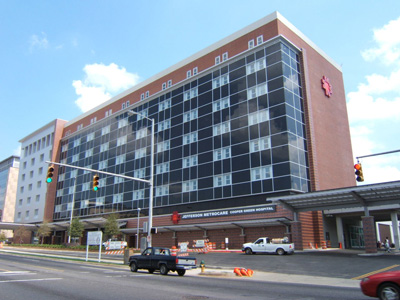
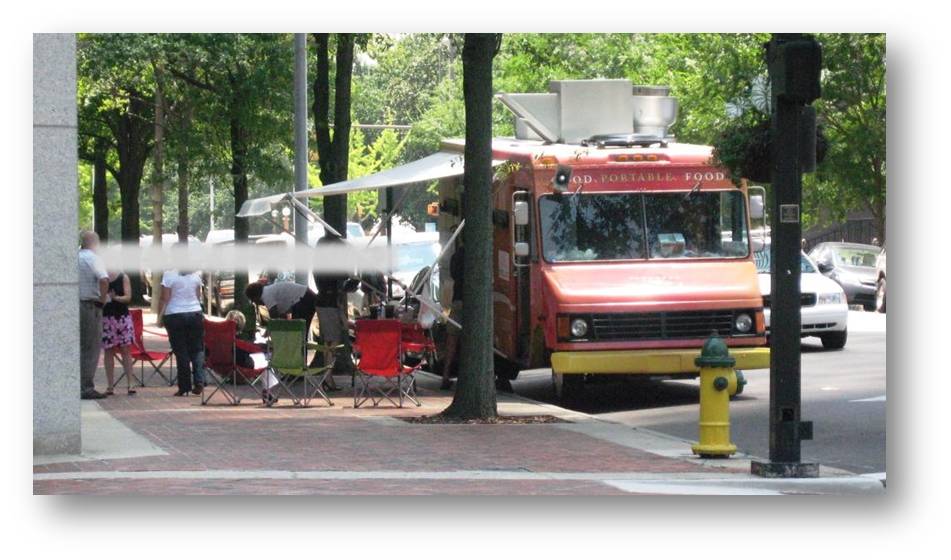 This year’s
This year’s 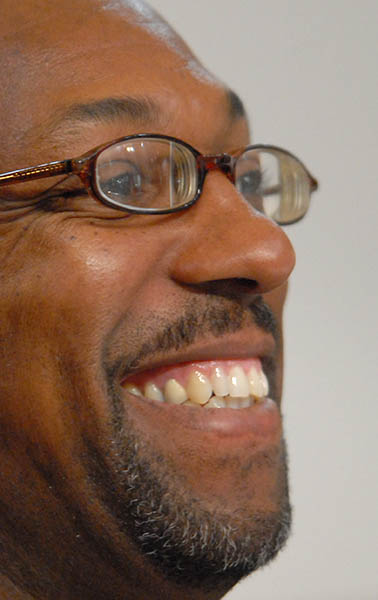 The past 24+ hours have seen many heads shaking and hitting brick walls or palms of hands as citizens of Birmingham, AL and the surrounding community are left wondering about
The past 24+ hours have seen many heads shaking and hitting brick walls or palms of hands as citizens of Birmingham, AL and the surrounding community are left wondering about 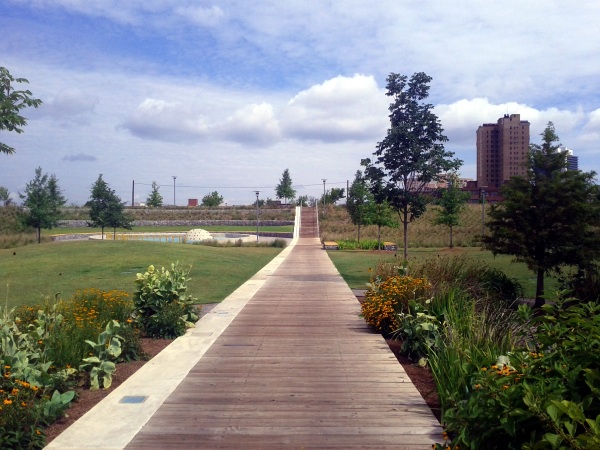
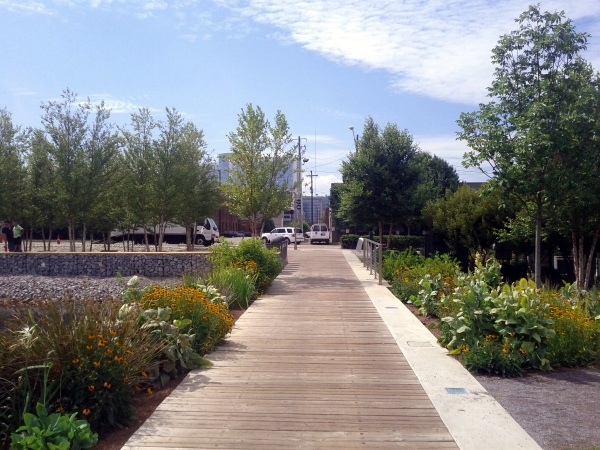
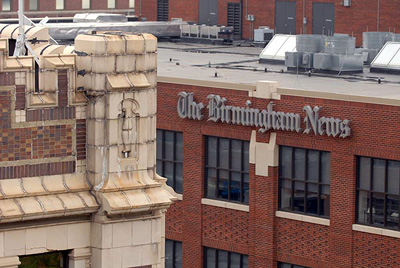 There’s been something nagging at me for a while now about
There’s been something nagging at me for a while now about 

Support food trucks: An open letter to Birmingham's Mayor and City Councilors
NOTE: The following is an open letter that was posted as a note to Facebook at 8:24 a.m. December 5, 2012. Shaun Chavis has given us permission to re-post it here in its entirety. Links have been added where appropriate.
Dear Mayor Bell and Councilors of Birmingham,
I am Shaun Chavis, a citizen of Birmingham. Professionally, I am a cookbook editor for Oxmoor House/Time Home Entertainment, Inc. In my spare time, I co-own and organize FoodBlogSouth, LLC, a food blogging conference held annually in Birmingham that attracts food bloggers to Birmingham from across the South and the U.S.
In 2012, our second year, FoodBlogSouth had an impact of more than $110,000 on Birmingham’s economy, as estimated by the Greater Birmingham Convention and Visitors Bureau. FoodBlogSouth also benefits the Desert Island Supply Co., a non-profit children’s writing center in Woodlawn.
FoodBlogSouth has brought new attention to Birmingham’s food scene by bringing hundreds of bloggers and food professionals here to spend money in the city’s hotels and restaurants. Those bloggers go home and write about Birmingham, some of them for professional online and print publications, including the New York Times. In addition, FoodBlogSouth has attracted national corporate sponsors such as Goo Goo Cluster, Roland Foods, Welch’s, Harvard Common Press, and Evernote, who have come to Birmingham to see what our city has to offer.
My last point, I feel, touches on a much larger issue that I ask the mayor and city councilors to take into serious consideration: The city needs to do more to encourage small business. With high nationwide unemployment rates and a lagging economy, I think it would be obvious that this should be a priority in Birmingham.
Nationwide, food trucks have been an engine of economic growth and employment, and have helped revitalize cities such as Portland (Ore.) and Austin (Texas). Both of these cities have become nationally recognized for their food truck scenes, which have been a big draw for events, corporate recruitment and broader economic and community revitalization efforts. Events have been built around food trucks themselves—Los Angeles, Boston, New York, Las Vegas, and Columbus, Ohio have food truck festivals—that again boost the economy with tourism.
I know many talented, enterprising people who want to start a food business, but the costs can be prohibitive. Organizations around Birmingham are helping to support these entrepreneurs, but the city needs to do more to help these small businesses and, in turn, our overall local economy.
The proposed food truck ordinance, with its fees and hour and distance restrictions, will do just the opposite: It will to deliver a blow to people who are trying to start an honest business on a small scale. It will send a strong and clear message that Birmingham is not a place that encourages fair competition in the marketplace. It will indirectly hurt tourism in Birmingham. And it will mark Birmingham as regressive, as a place not willing or able to stand up to pressure from brick-and-mortar restaurant owners who fear healthy, fair competition.
I hope that you, Birmingham’s leaders, will choose to protect free enterprise. I hope you will decide the appropriate response to any business owner who fears new competition is to suggest that he or she innovate to remain competitive. In fact, many brick-and-mortar restaurants in Birmingham are doing just that by opening food trucks and carts of their own.
Please reconsider the impact the proposed ordinance will have on the economic and cultural health of our city. Remove the time and distance restrictions and location-based fees. I encourage you to set aside the current propose legislation and create a food truck ordinance with language limited to matters of public safety and public health. Prohibit regulations based on competition. There are also alternative solutions used in other cities that are favorable both to brick-and-mortar restaurants, food trucks, and public health and safety, such as lot-based vending, which many food truck owners in cities like Portland (Oregon), Austin, and Miami find preferable to vending on the street. Food trucks should be allowed the same operating hours as any other food service business, and the same opportunities to grow and become part of Birmingham’s employers, tourist scene, and economic engine.
My best regards,
Shaun Chavis
Co-owner, FoodBlogSouth, LLC
Leave a comment
Posted in Commentary
Tagged city, food trucks, open letter, ordinance, Shaun Chavis